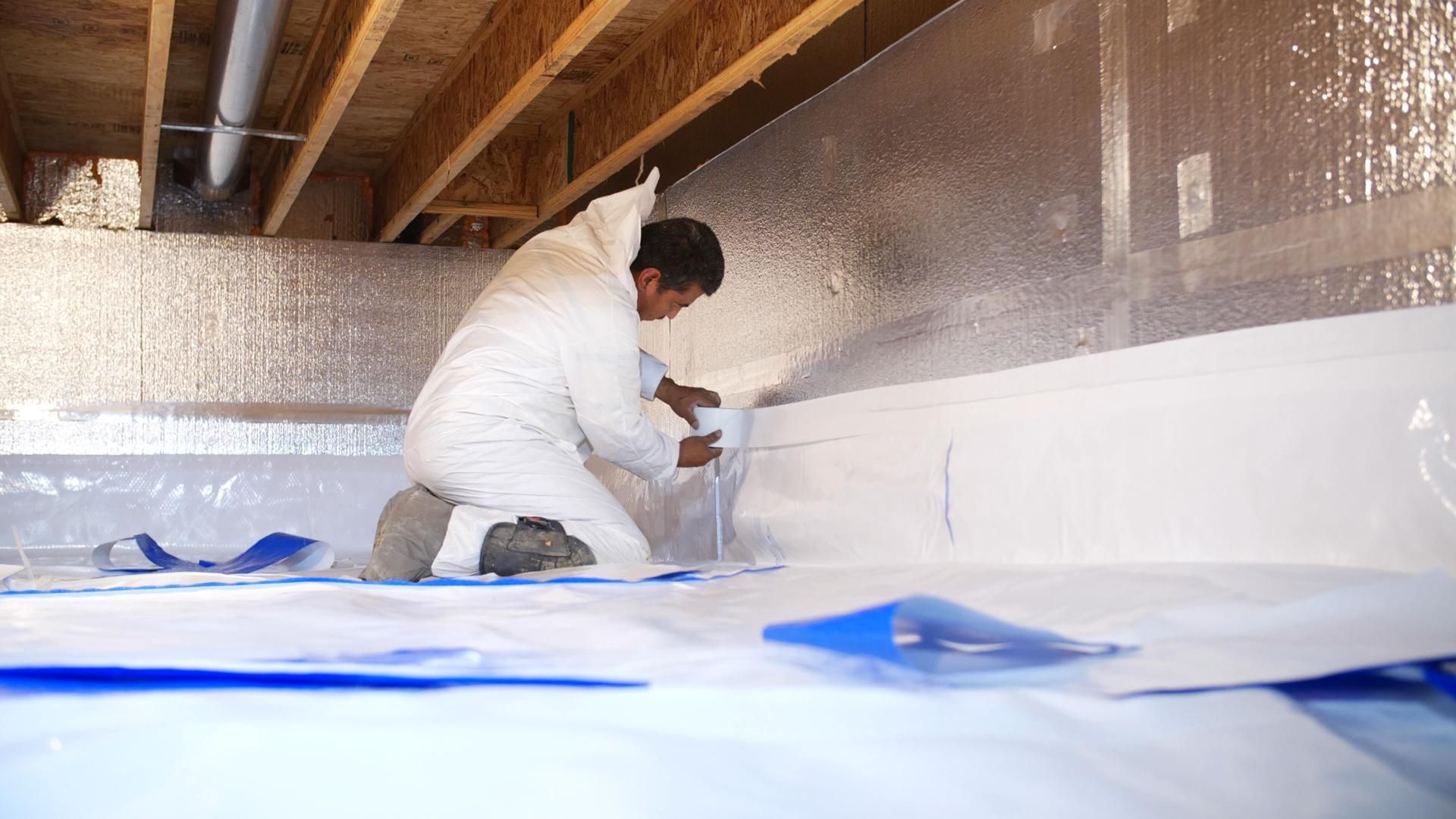

Articles
What R-Value For Crawl Space Insulation
Modified: September 2, 2024
Learn about the ideal R-value for crawl space insulation in this informative article. Discover the best insulation options and improve energy efficiency in your home.
(Many of the links in this article redirect to a specific reviewed product. Your purchase of these products through affiliate links helps to generate commission for Storables.com, at no extra cost. Learn more)
Introduction
Welcome to the world of crawl space insulation! When it comes to keeping your home comfortable and energy-efficient, ensuring that your crawl space is properly insulated is crucial. Crawl spaces are areas underneath houses that provide access to utility systems and can be susceptible to moisture, pests, and temperature fluctuations. By insulating your crawl space, you can create a barrier between your home and the elements, improving energy efficiency and preventing potential issues.
But what exactly is crawl space insulation? In simple terms, it is the process of adding insulation materials to the walls, floors, and ceiling of the crawl space to increase thermal resistance and reduce heat transfer. Insulation acts as a protective layer, preventing the escape of heat during the winter and the influx of heat during the summer.
One of the important factors to consider when insulating your crawl space is the R-value. The R-value refers to the insulation material’s ability to resist heat flow. The higher the R-value, the better the insulation’s thermal resistance.
Understanding the concept of R-value is essential as it helps you determine the most appropriate insulation material and thickness for your crawl space. In this article, we will delve into the importance of R-value in crawl space insulation, factors that affect the R-value, recommended R-values for crawl spaces, and the pros and cons of different R-values for crawl space insulation. Let’s get started!
Key Takeaways:
- The R-value of crawl space insulation is crucial for optimal thermal resistance, energy efficiency, and comfort. Factors such as insulation material, thickness, and installation quality impact the R-value and overall effectiveness of the insulation.
- Choosing the right R-value for your specific climate and region is essential. Avoid common mistakes like inadequate sealing, poor moisture control, and using the wrong insulation materials to ensure a successful and energy-efficient crawl space insulation project.
Read more: What Is The R-Value In Insulation
Understanding Crawl Space Insulation
Before we dive into the importance of R-value in crawl space insulation, let’s first understand the basics of crawl space insulation. Crawl space insulation is a vital component of your home’s energy efficiency and overall comfort. It involves the installation of insulation materials in the walls, floors, and ceiling of the crawl space to create a thermal barrier.
Crawl spaces are often found in homes built with raised foundation systems or slab-on-grade construction. These spaces can be prone to moisture, which can lead to mold growth, wood rot, and pest infestations. Additionally, without proper insulation, crawl spaces can become a significant source of energy loss in your home.
By insulating your crawl space, you create a buffer zone between the outdoor environment and your home. This buffer helps control temperature fluctuations, resulting in a more comfortable living space and reduced energy consumption.
Crawl space insulation provides several benefits. One of the primary advantages is improved energy efficiency. Insulating your crawl space can help reduce heat loss during winter and heat gain during summer, which lowers your heating and cooling costs. It also contributes to a more consistent indoor temperature, making your home more comfortable year-round.
In addition to energy savings, crawl space insulation can also help improve indoor air quality. By preventing moisture and condensation from entering your home, insulation helps reduce the risk of mold and mildew growth. This is particularly important for crawl spaces as they tend to be more susceptible to moisture-related issues.
Lastly, insulating your crawl space can help extend the life of your HVAC system. With proper insulation, your heating and cooling equipment won’t have to work as hard to maintain a consistent temperature, reducing wear and tear on the system and potentially lowering maintenance costs.
Now that we have a solid understanding of crawl space insulation, let’s explore the significance of R-value in crawl space insulation and how it impacts the overall effectiveness of the insulation.
Importance of R-Value in Crawl Space Insulation
The R-value is a crucial factor to consider when insulating your crawl space. It measures the thermal resistance of insulation materials, indicating their ability to resist heat flow. In simple terms, the higher the R-value, the better the insulation’s ability to prevent heat transfer.
When it comes to crawl space insulation, a higher R-value is desirable as it provides better insulation performance. By choosing insulation materials with a higher R-value, you can effectively reduce heat loss or gain in your crawl space, resulting in improved energy efficiency and greater comfort in your home.
The R-value requirement for crawl spaces may vary depending on factors such as climate, location, and local building codes. However, the general rule of thumb is to aim for a higher R-value in crawl space insulation to maximize its effectiveness.
Proper insulation with a high R-value can help minimize temperature fluctuations, preventing cold drafts in the winter and hot spots during the summer. It ensures that the temperature in your crawl space remains consistent, creating a more comfortable living environment for you and your family.
In addition to temperature control, insulation with a high R-value helps prevent moisture infiltration. Moisture can seep into crawl spaces through the ground or foundation walls, leading to condensation and potential moisture-related issues such as mold and mildew growth. Insulation acts as a barrier against moisture, reducing the risk of these problems and contributing to a healthier indoor environment.
Furthermore, crawl space insulation with a high R-value can significantly reduce energy costs. By minimizing heat loss or gain, your heating and cooling systems won’t have to work as hard to maintain a comfortable temperature in your home. This results in reduced energy consumption and lower utility bills. Over time, the energy savings from proper crawl space insulation can offset the initial investment.
Overall, the R-value of crawl space insulation plays a vital role in determining its effectiveness. It impacts the thermal resistance, temperature regulation, moisture control, and energy efficiency of your crawl space. Therefore, it is essential to carefully consider the R-value when selecting insulation materials and techniques for your crawl space.
Next, let’s explore the factors that can affect the R-value for crawl space insulation and how to choose the recommended R-value for your specific needs.
Factors Affecting the R-Value for Crawl Space Insulation
When it comes to crawl space insulation, several factors can affect the overall R-value of the insulation. It is important to understand these factors to ensure that you select the right materials and techniques that will provide the desired level of thermal resistance. Let’s take a closer look at the key factors that influence the R-value for crawl space insulation.
- Type of insulation material: Different insulation materials have varying R-values. For example, fiberglass insulation typically has an R-value of around 3.5 per inch, while rigid foam insulation may have a higher R-value. It is important to consider the R-value of the insulation material you choose for your crawl space to achieve the desired level of thermal resistance.
- Thickness of insulation: The thickness of the insulation material directly affects its R-value. Generally, a thicker layer of insulation will have a higher R-value and provide better thermal resistance. It is important to carefully consider the recommended insulation thickness to ensure optimal R-value in your crawl space.
- Installation quality: The installation process can significantly impact the overall effectiveness of crawl space insulation. Gaps, voids, and improper sealing can compromise the R-value of the insulation. It is essential to properly install the insulation, paying attention to detail and ensuring a tight and complete coverage to maintain the desired thermal resistance.
- Moisture presence: Moisture can negatively impact the R-value of crawl space insulation. When insulation becomes wet, it loses its insulating properties and may even contribute to mold or mildew growth. Proper moisture control measures, such as vapor barriers and adequate ventilation, are crucial to preserve the integrity and performance of the insulation materials.
- Compression: Some insulation materials, such as fiberglass batts, can lose their effectiveness if compressed or compacted. When insulation is compressed, its ability to trap air, which is a key factor in providing insulation, is reduced. It is important to follow the manufacturer’s recommendations regarding the proper installation and handling of insulation materials to avoid compression and maintain the desired R-value.
By taking these factors into consideration, you can make informed decisions about the choice of insulation materials, installation techniques, and moisture control measures for your crawl space. This will help maximize the R-value and ensure that your crawl space is properly insulated to achieve optimal thermal resistance and energy efficiency.
Next, let’s explore the recommended R-values for crawl space insulation and how they can vary based on different factors.
Recommended R-Value for Crawl Space Insulation
The recommended R-value for crawl space insulation can vary depending on factors such as climate, location, and local building codes. It is important to determine the appropriate R-value specific to your region to ensure optimal thermal resistance and energy efficiency in your crawl space. Let’s explore some general guidelines for recommended R-values based on different scenarios.
For crawl spaces in moderate climates with mild winters and summers, the U.S. Department of Energy recommends a minimum R-value of R-19 for the walls and R-30 for the floor. This level of insulation provides sufficient thermal resistance to prevent heat loss or gain and is suitable for regions with relatively stable temperatures.
In colder climates with harsh winters, it is advisable to increase the insulation level for crawl spaces. The recommended R-value for walls in colder climates can range from R-19 to R-25, while the recommended R-value for the floor can range from R-25 to R-38. The higher insulation level helps to counteract the lower temperatures and maintain a consistently warm and energy-efficient crawl space.
In hot and humid climates, such as those found in southern regions, the primary concern is preventing heat gain in the crawl space. The recommended R-value for walls in hot climates can range from R-13 to R-19, while the recommended R-value for the floor can range from R-19 to R-25. The insulation helps to limit the transfer of heat from the outdoors into the crawl space, keeping it cool and reducing the load on the cooling system.
It is important to note that these recommendations provide a general guideline, and it is always a good idea to consult local building codes and regulations before deciding on the appropriate R-value for your crawl space insulation. Local codes may have specific requirements based on climate considerations that override the general recommendations.
Additionally, it is crucial to consider other factors like the type of insulation material, the thickness of insulation, and moisture control measures when determining the recommended R-value for your crawl space. Consulting with a professional insulation contractor or energy auditor can provide valuable insights and help you choose the most suitable R-value for your specific needs.
Now that we have covered the recommended R-values for crawl space insulation, let’s explore the different types of insulation materials you can choose from for your crawl space.
When insulating a crawl space, aim for an R-value of at least R-10 to R-15 in a moderate climate, and R-15 to R-25 in a colder climate to effectively control heat flow and moisture.
Read more: What Is The R-Value Of Fiberglass Insulation
Types of Insulation Materials for Crawl Spaces
When it comes to insulating your crawl space, there are several types of insulation materials to choose from. Each material has its own unique characteristics, R-value, and installation methods. Understanding the different types of insulation materials available will help you make an informed decision based on your specific needs and budget. Let’s explore some common insulation materials used for crawl spaces:
- Fiberglass Insulation: Fiberglass insulation is one of the most popular and widely used insulation materials for crawl spaces. It comes in rolls or batts made of fine glass fibers. Fiberglass insulation is relatively affordable, easy to install, and has a moderate to high R-value, typically ranging from R-3.5 to R-4.3 per inch. It offers good thermal resistance and is resistant to moisture and pests.
- Spray Foam Insulation: Spray foam insulation is a versatile and effective choice for crawl spaces. It is applied as a liquid foam that expands and hardens to create a seamless insulation layer. Spray foam insulation has a high R-value, ranging from R-3.6 to R-6.7 per inch, and provides excellent air sealing properties. It can fill gaps and cracks, creating an airtight barrier that helps to prevent heat loss and infiltration of moisture and pests.
- Rigid Foam Insulation: Rigid foam insulation panels are made from foam plastic materials such as expanded polystyrene (EPS), extruded polystyrene (XPS), or polyisocyanurate (Polyiso). These panels are lightweight, durable, and have a high R-value. Rigid foam insulation offers excellent moisture resistance, making it suitable for crawl spaces. It can be installed on walls, floors, and ceilings, providing thermal resistance and reducing heat transfer.
- Cellulose Insulation: Cellulose insulation is made of recycled paper treated with fire retardants. It is a cost-effective and environmentally friendly option for crawl space insulation. Cellulose insulation has a moderate to high R-value, typically ranging from R-3.6 to R-4.2 per inch. It is treated to resist pests and moisture, making it a suitable choice for crawl spaces.
- Mineral Wool Insulation: Mineral wool insulation is made from a blend of natural rock or slag fibers. It is available in batts or loose-fill form. Mineral wool insulation offers good thermal and sound insulation properties and has a moderate to high R-value, typically ranging from R-3.0 to R-4.3 per inch. It is resistant to fire, pests, and moisture, making it suitable for crawl spaces.
These are just a few examples of insulation materials commonly used for crawl spaces. Each material has its own advantages and limitations, and the choice ultimately depends on factors such as budget, R-value requirements, moisture control needs, and personal preferences.
Before selecting an insulation material, it is always a good idea to consult with a professional insulation contractor. They can assess your crawl space, consider the local climate and building codes, and help you choose the most suitable insulation material for your specific situation.
Now that we have explored the types of insulation materials available, let’s dive into the pros and cons of different R-values for crawl space insulation.
Pros and Cons of Different R-Values for Crawl Space Insulation
When it comes to crawl space insulation, choosing the right R-value is crucial in ensuring optimal thermal resistance and energy efficiency. Different R-values offer varying levels of insulation performance, and each has its own set of advantages and limitations. Let’s explore the pros and cons of different R-values for crawl space insulation:
- Low R-Values:
- Pros: Low R-values, such as R-13 or R-19, may be suitable in warmer climates where the primary goal is to prevent heat gain. They can help maintain a cooler crawl space and reduce the load on the cooling system. Additionally, lower R-values are often less expensive and easier to install.
- Cons: Low R-values provide less thermal resistance, which could result in increased heat loss during cold winters. They may not be sufficient in areas with colder climates, leading to higher energy consumption and potential discomfort in the home.
- Moderate R-Values:
- Pros: Moderate R-values, ranging from R-19 to R-30, offer improved thermal resistance and are suitable for most climates. They provide a good balance between insulation performance and affordability. Moderate R-values can help reduce heat loss in colder winters and limit heat gain in hotter summers.
- Cons: While moderate R-values offer better insulation than low R-values, they may still fall short in extremely cold or hot climates. In such regions, additional insulation or higher R-values may be necessary to maintain optimal thermal resistance.
- High R-Values:
- Pros: High R-values, typically above R-30, provide superior thermal resistance and energy efficiency. They are ideal for colder climates where insulation performance is crucial to combat harsh winters. High R-values help minimize heat loss, maintain a consistent and comfortable indoor temperature, and reduce energy consumption.
- Cons: The main drawback of high R-values is the higher cost compared to lower R-values. The materials with higher R-values generally come at a premium price. Additionally, achieving the desired high R-values may require thicker insulation layers, which can impact crawl space headroom and may require modifications during installation.
It is important to consider factors such as climate, local building codes, and budget when determining the most suitable R-value for your crawl space insulation. Consulting with insulation professionals or energy auditors can provide valuable guidance in selecting the optimal R-value for your specific needs.
Lastly, a proper installation process, regardless of the chosen R-value, is essential to maximize the performance and benefits of your crawl space insulation. Ensuring a seamless and tight insulation layer, with no gaps or compression, will greatly enhance the overall effectiveness of the insulation and contribute to energy savings.
Now that we have explored the pros and cons of different R-values for crawl space insulation, let’s take a look at some common mistakes to avoid during the insulation process.
Common Mistakes to Avoid in Crawl Space Insulation
When it comes to insulating your crawl space, it is important to avoid common mistakes that can compromise the effectiveness and efficiency of the insulation. Taking the time to plan and properly execute the insulation process will help ensure long-lasting performance and maximum energy savings. Let’s explore some common mistakes to avoid in crawl space insulation:
- Inadequate sealing: One common mistake is failing to properly seal the crawl space before installing insulation. Gaps, cracks, and openings in the crawl space can allow air leakage, moisture infiltration, and pest entry, reducing the effectiveness of the insulation. It is crucial to seal these gaps using caulk, spray foam, or other appropriate sealants before installing insulation.
- Poor moisture control: Crawl spaces are prone to moisture issues, including excess humidity and water intrusion. Failing to address moisture problems before insulating can lead to mold growth, wood rot, and damage to the insulation itself. It is essential to address any moisture issues, such as fixing leaks, improving drainage, and installing vapor barriers to prevent moisture from compromising the insulation’s effectiveness.
- Inadequate ventilation: Proper ventilation is crucial in crawl spaces to control moisture levels and prevent the buildup of stagnant air. Inadequate ventilation can lead to excess moisture, mold growth, and poor air quality. Ensure that the crawl space has proper ventilation vents or a mechanical ventilation system in place to promote air circulation and reduce moisture issues.
- Insufficient insulation thickness: Another common mistake is using insufficient insulation thickness in the crawl space. Inadequate insulation thickness can result in reduced thermal resistance and compromised energy efficiency. It is important to follow recommended insulation thickness guidelines for your specific climate and R-value requirements to ensure optimal performance.
- Ignoring air leaks: Overlooking air leaks in the crawl space can significantly impact the insulation’s effectiveness. Even small gaps or cracks can allow air infiltration, reducing energy efficiency. It is essential to identify and seal any air leaks using caulk or expanding foam to create an airtight seal and maximize insulation performance.
- Using the wrong insulation materials: Choosing the wrong insulation materials for your crawl space can lead to subpar insulation performance. It is important to select insulation materials that are suitable for crawl spaces, considering factors such as moisture resistance, pest resistance, and compatibility with your specific crawl space conditions.
- Improper installation: Lastly, improper installation of insulation can render even the best-quality materials ineffective. Common installation mistakes include compressing insulation, leaving gaps or voids, and not following manufacturer’s instructions. It is crucial to carefully follow installation guidelines, seek professional help if needed, and ensure a proper and complete coverage of insulation throughout the crawl space.
Avoiding these common mistakes and taking a systematic and careful approach to crawl space insulation will help maximize its performance and energy-saving benefits. If you are uncertain about any aspect of the insulation process, it is always a good idea to consult with insulation professionals or energy auditors who can provide guidance and ensure a successful insulation project.
Now that we are aware of the common mistakes to avoid, let’s wrap up our article.
Conclusion
Crawl space insulation plays a vital role in maintaining a comfortable and energy-efficient home. By understanding the importance of R-value, you can make informed decisions about the insulation materials and techniques that will best suit your crawl space. The R-value measures the insulation’s ability to resist heat flow, and selecting the appropriate R-value for your region and climate is crucial in achieving optimal thermal resistance and energy efficiency.
Factors such as insulation material, thickness, installation quality, moisture presence, and compression can affect the overall R-value and insulation performance. It is important to consider these factors while insulating your crawl space to ensure that you achieve the desired level of insulation and prevent common issues like moisture infiltration, air leaks, and insufficient thermal resistance.
Recommended R-values for crawl space insulation vary depending on climate and local building codes. It is advised to consult with professionals and local regulations to determine the most suitable R-value for your specific needs. Investing in insulation materials like fiberglass, spray foam, rigid foam, cellulose, or mineral wool can provide various benefits in terms of thermal resistance, moisture resistance, and pest control.
However, it is crucial to avoid common mistakes that can compromise the effectiveness of your crawl space insulation. Proper sealing, moisture control, ventilation, insulation thickness, addressing air leaks, and using suitable materials are some key considerations to ensure a successful insulation project.
In conclusion, by understanding the importance of R-value, selecting the appropriate insulation materials, avoiding common mistakes, and properly installing crawl space insulation, you can achieve optimal thermal resistance, energy efficiency, and a comfortable living environment in your home. Don’t hesitate to consult with professionals to guide you through the insulation process and ensure long-term insulation performance.
So, go ahead and take the necessary steps to insulate your crawl space. You’ll not only enhance the energy efficiency and comfort of your home but also contribute to a greener and more sustainable living environment.
Frequently Asked Questions about What R-Value For Crawl Space Insulation
Was this page helpful?
At Storables.com, we guarantee accurate and reliable information. Our content, validated by Expert Board Contributors, is crafted following stringent Editorial Policies. We're committed to providing you with well-researched, expert-backed insights for all your informational needs.
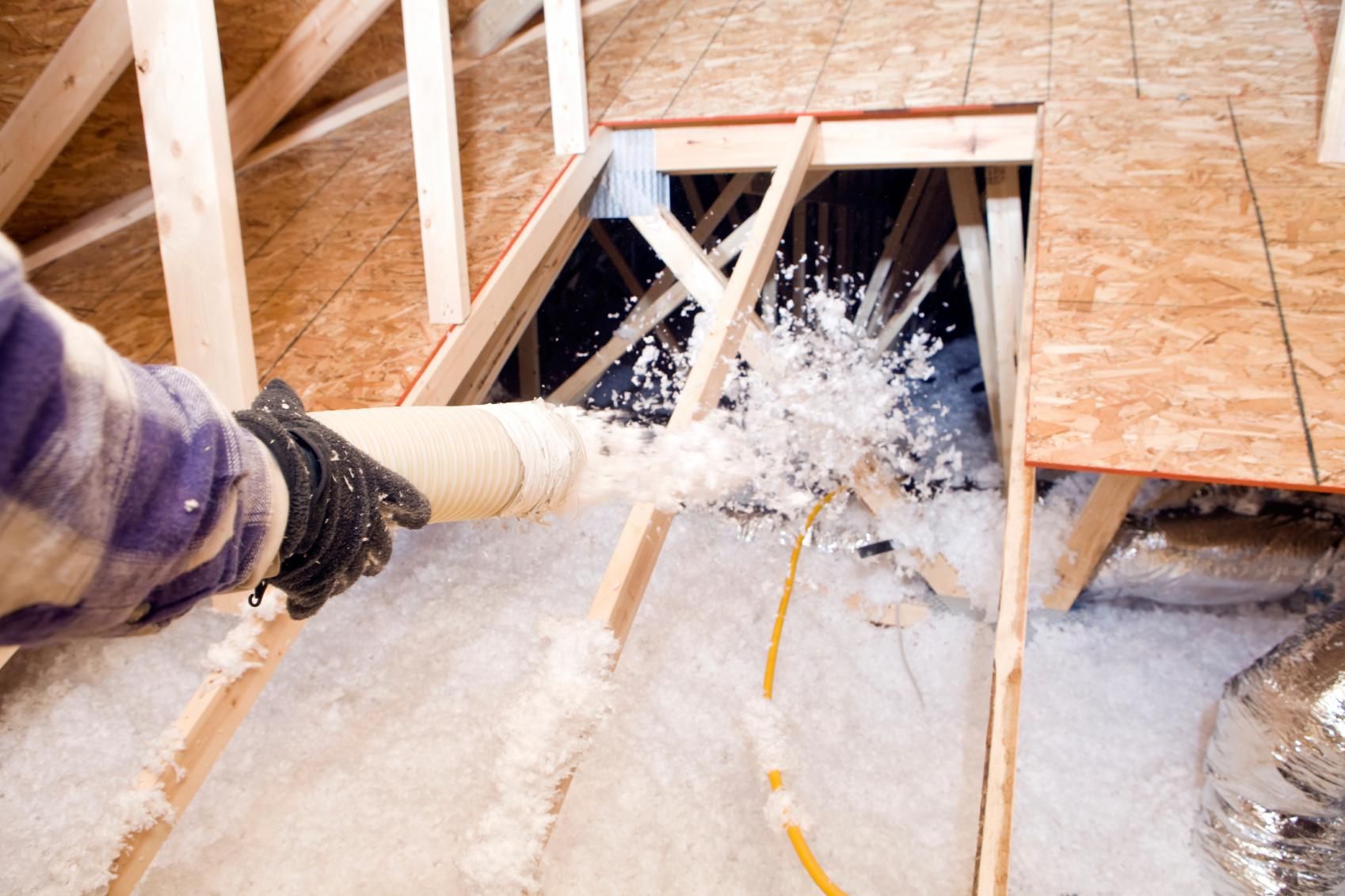
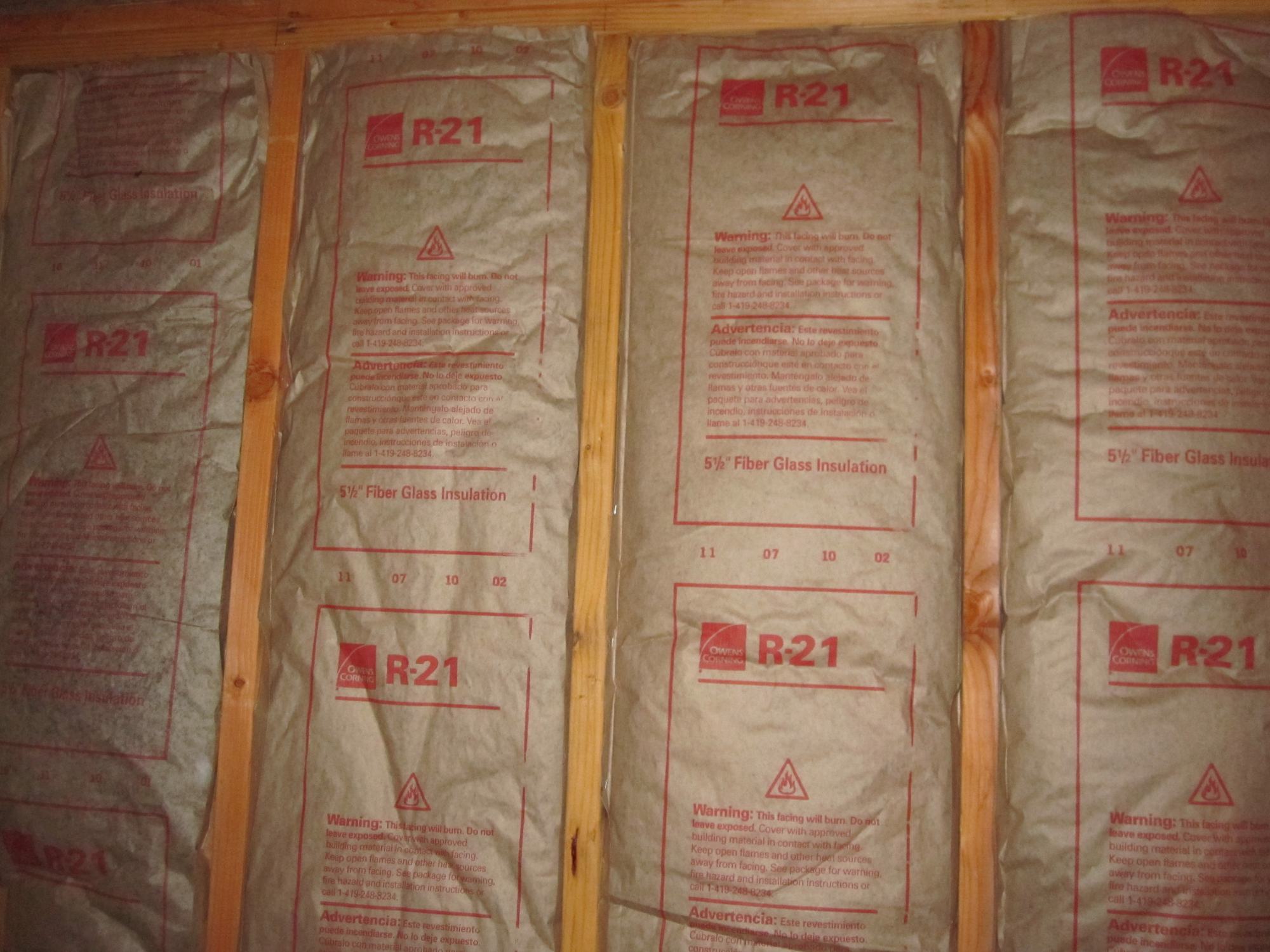
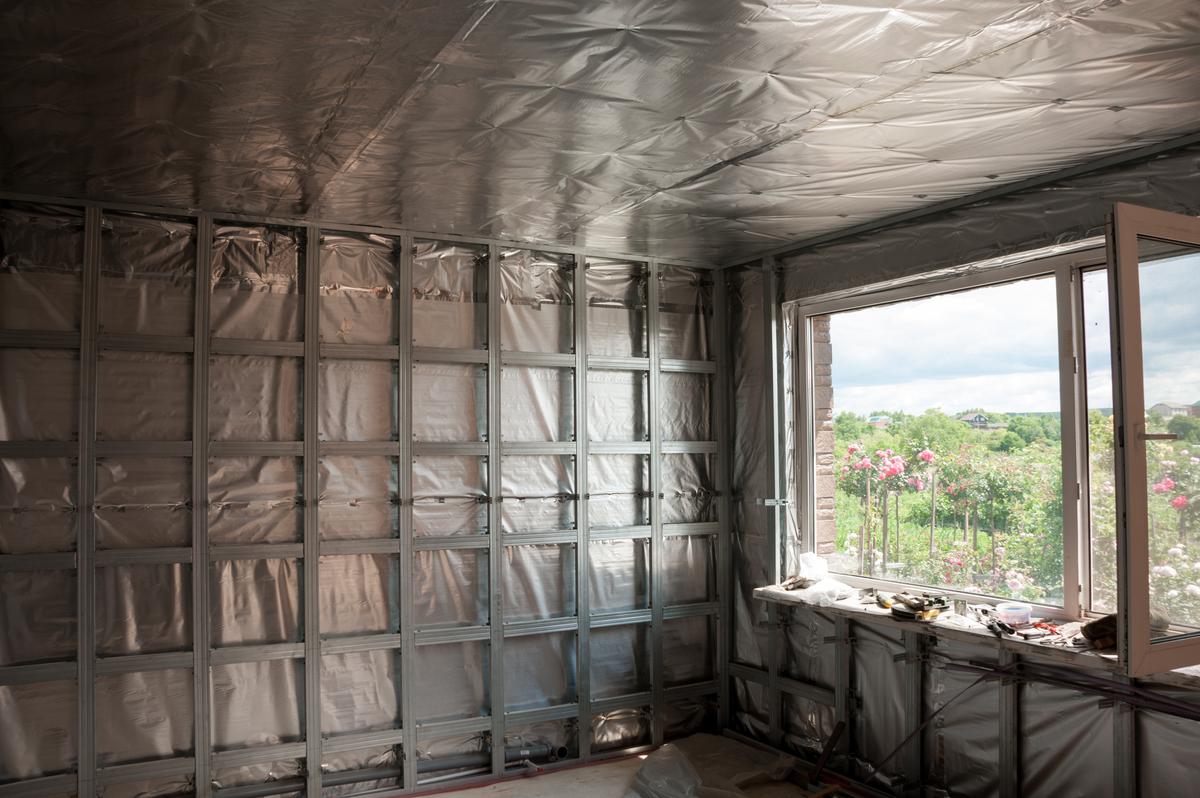
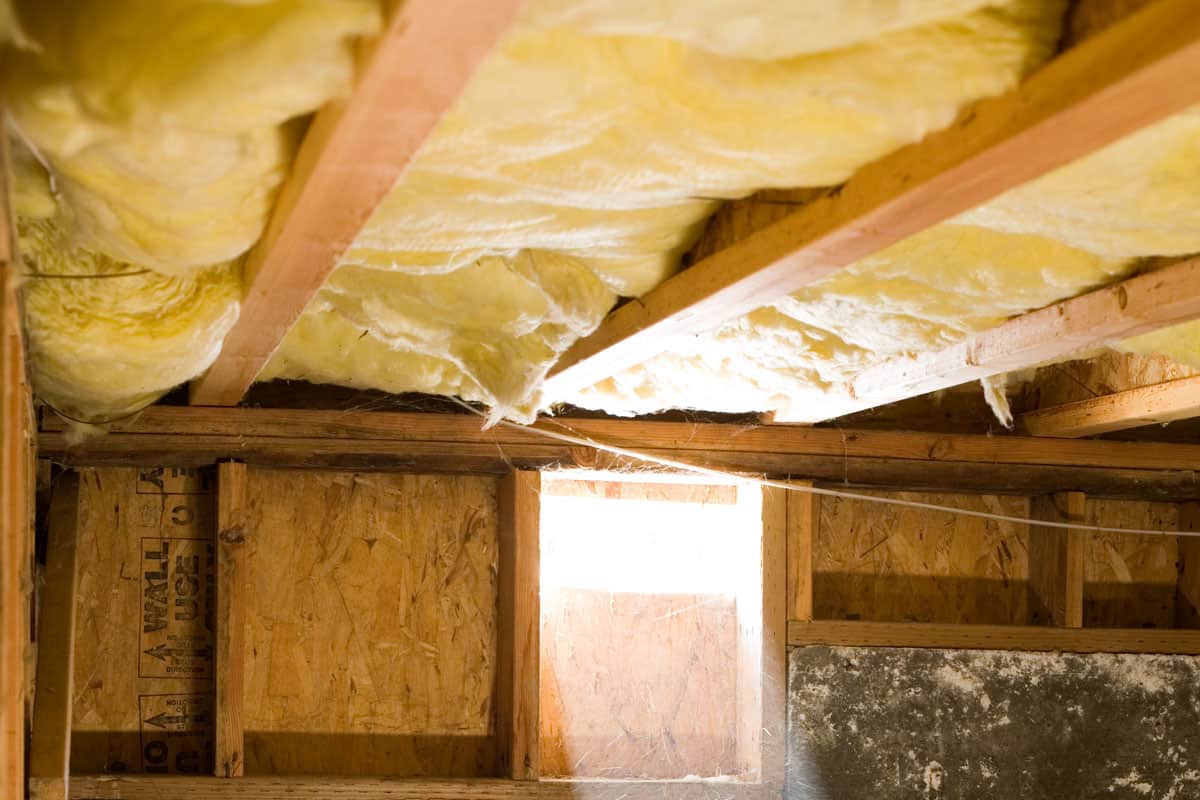
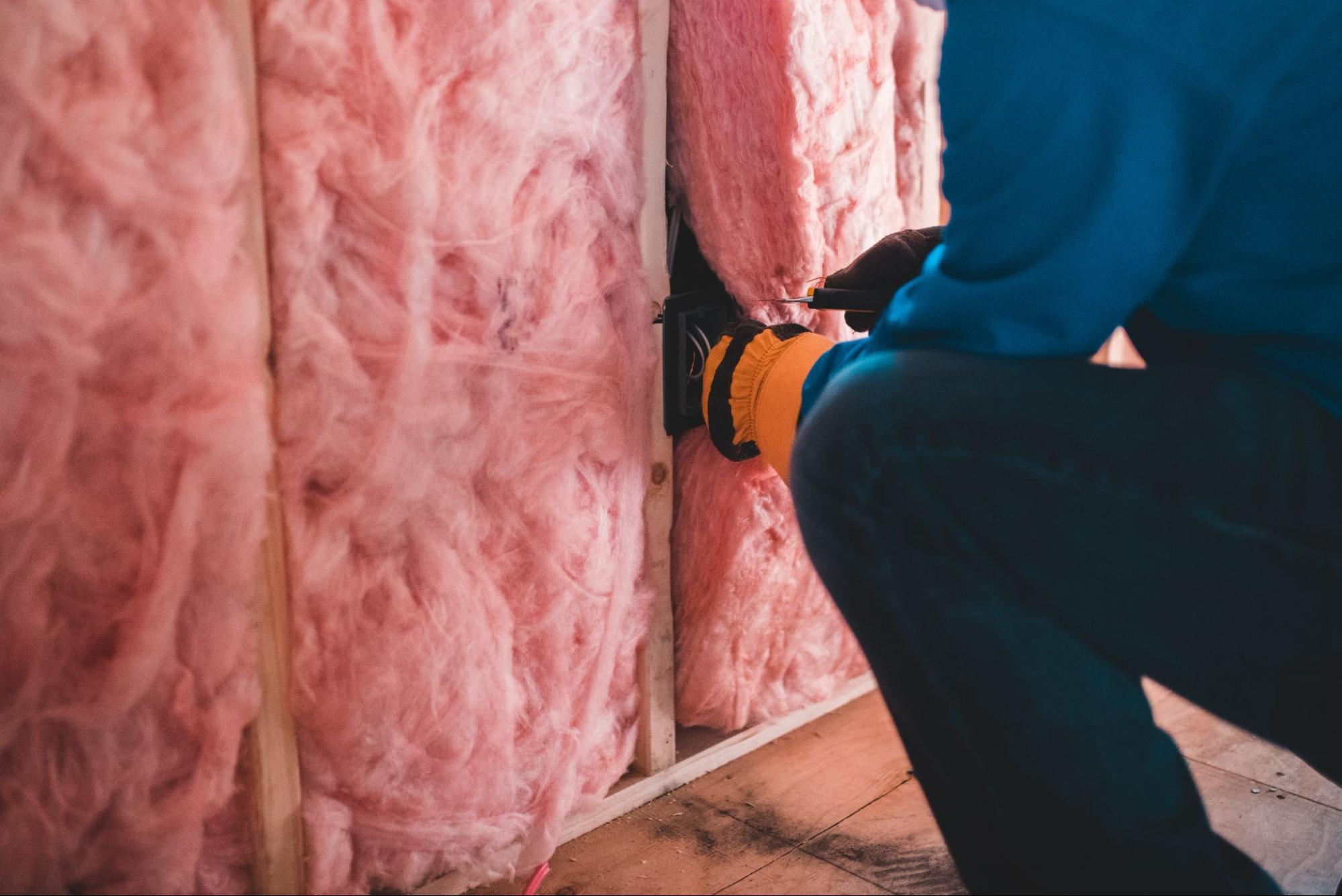
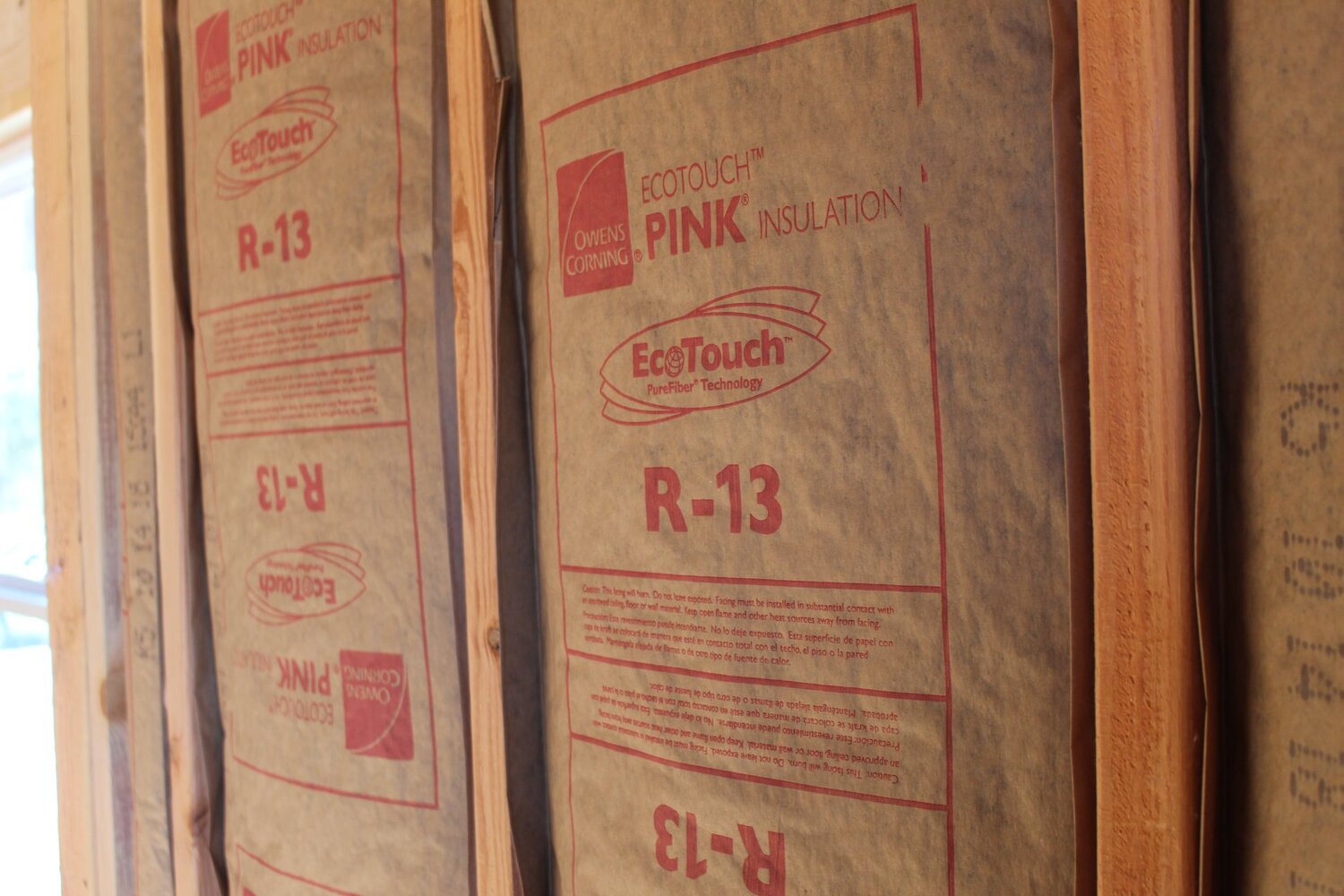
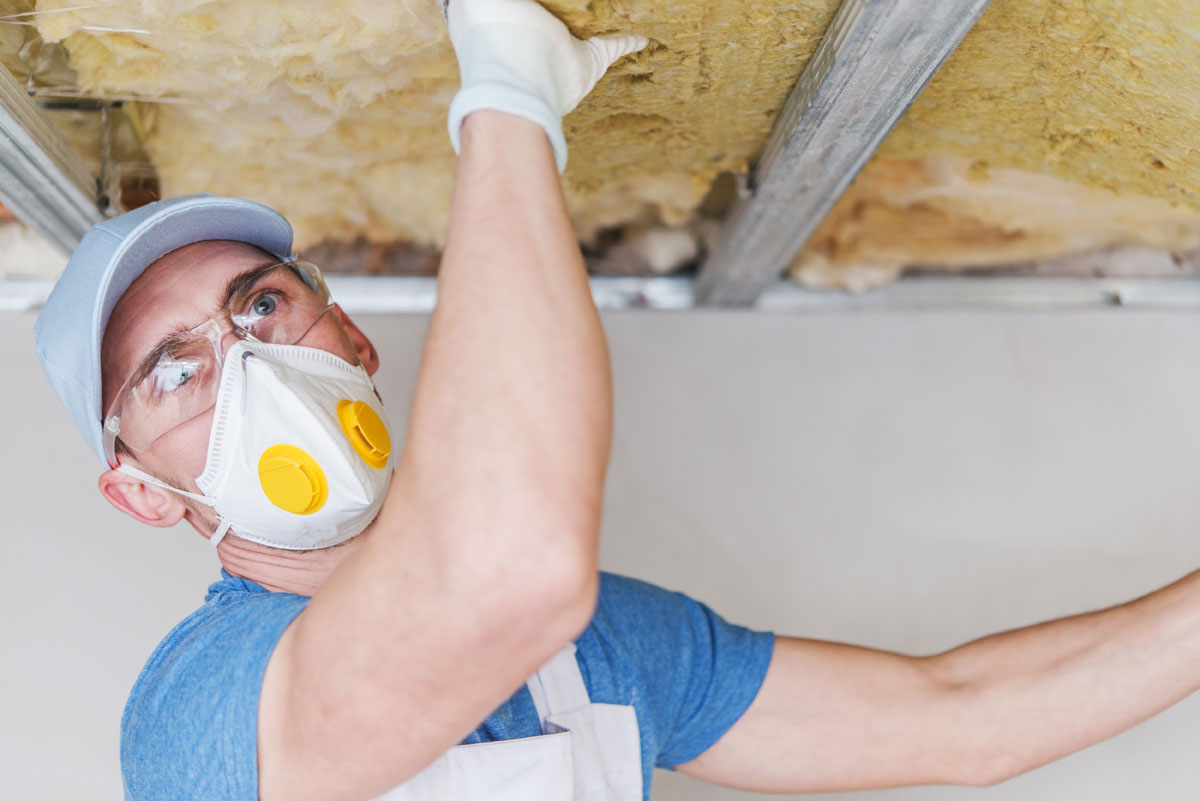
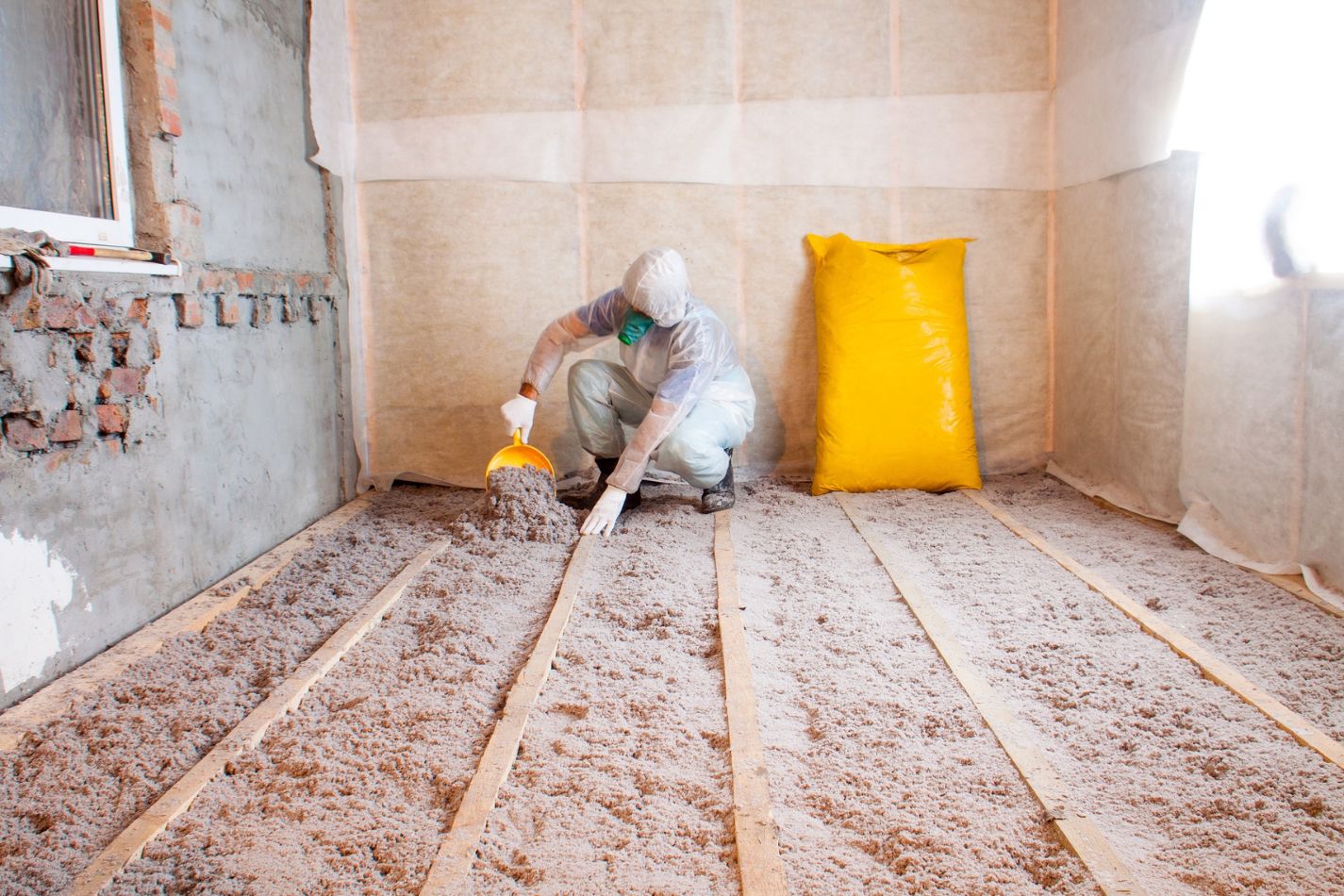
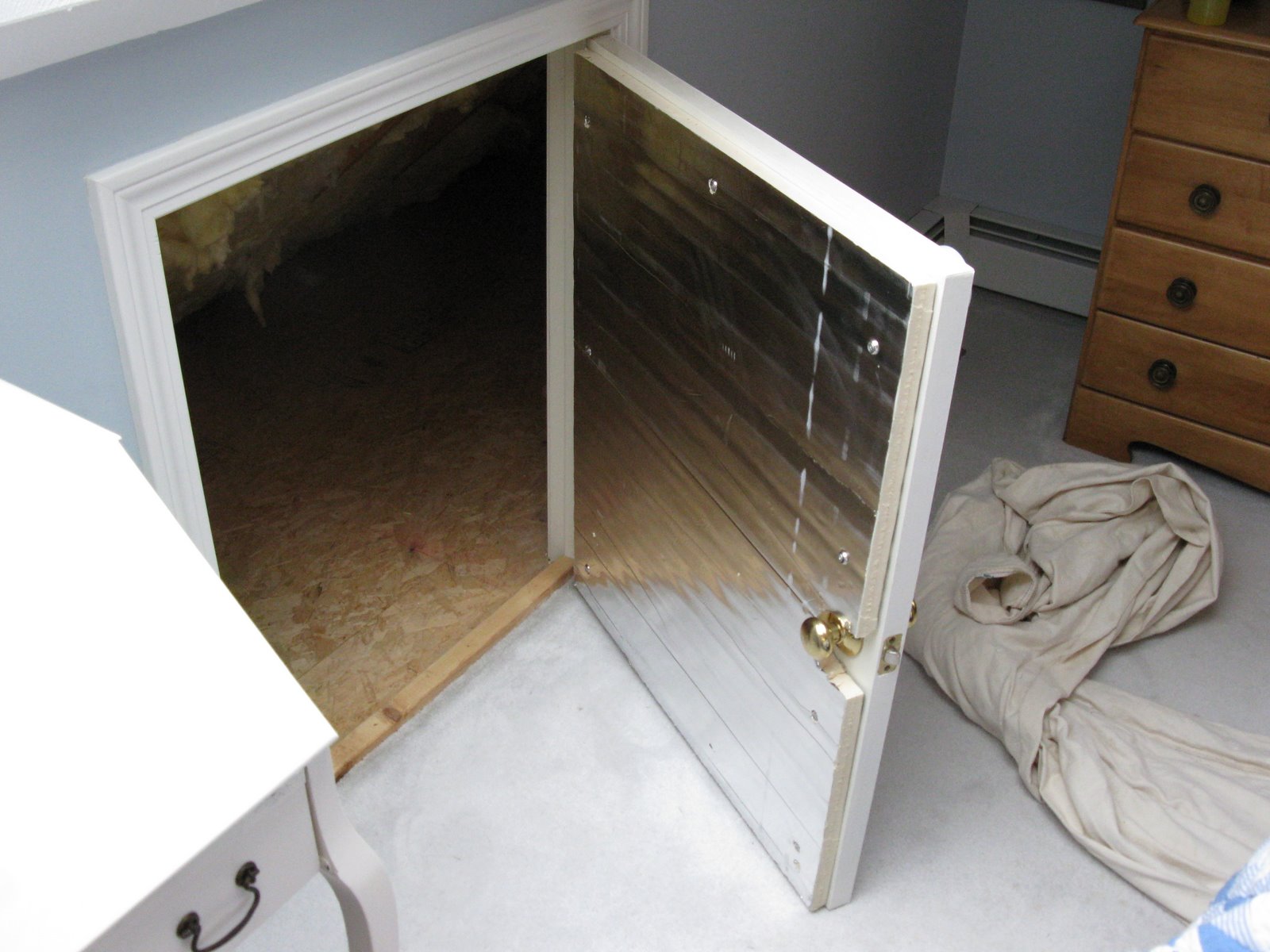
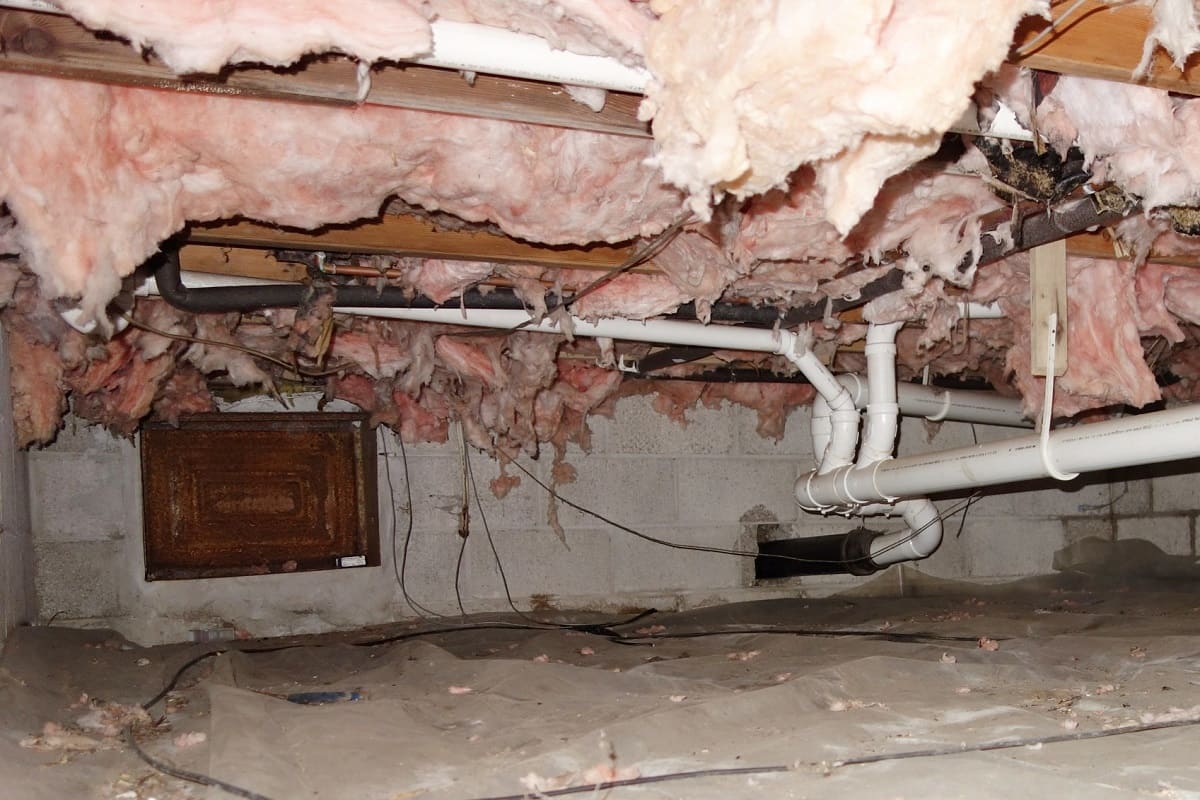
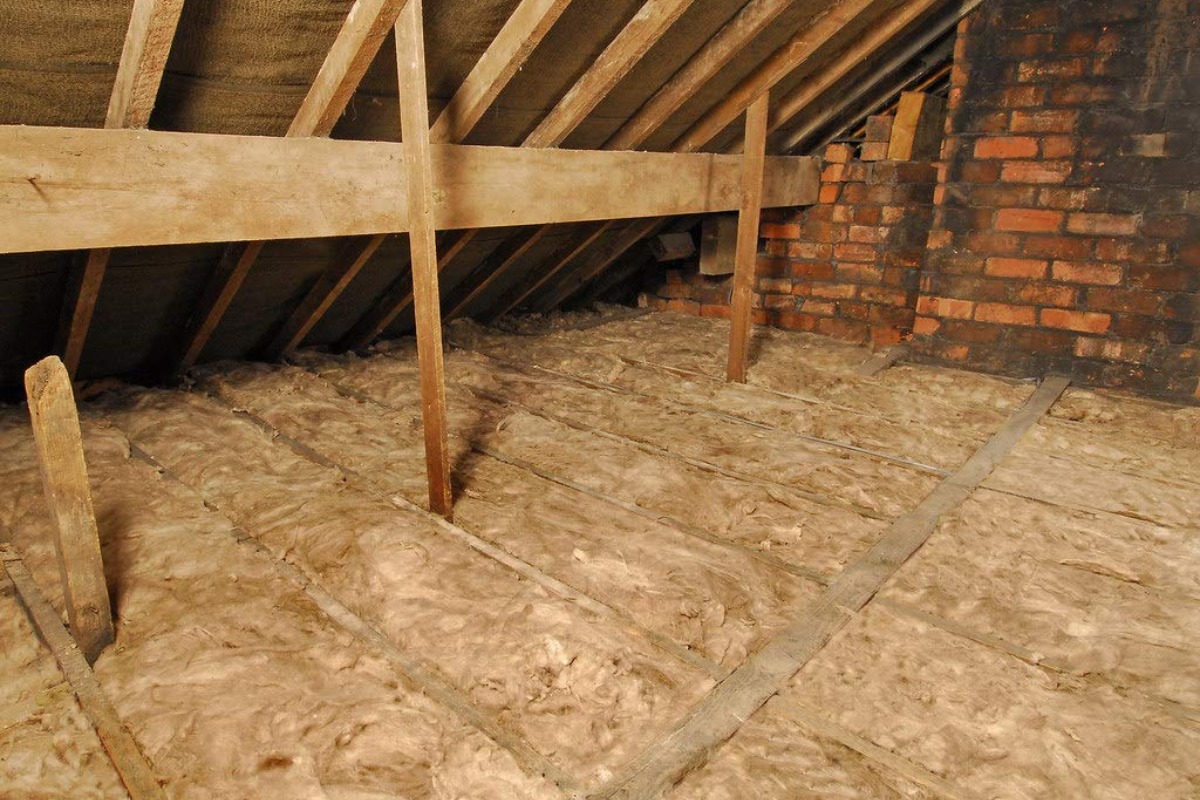
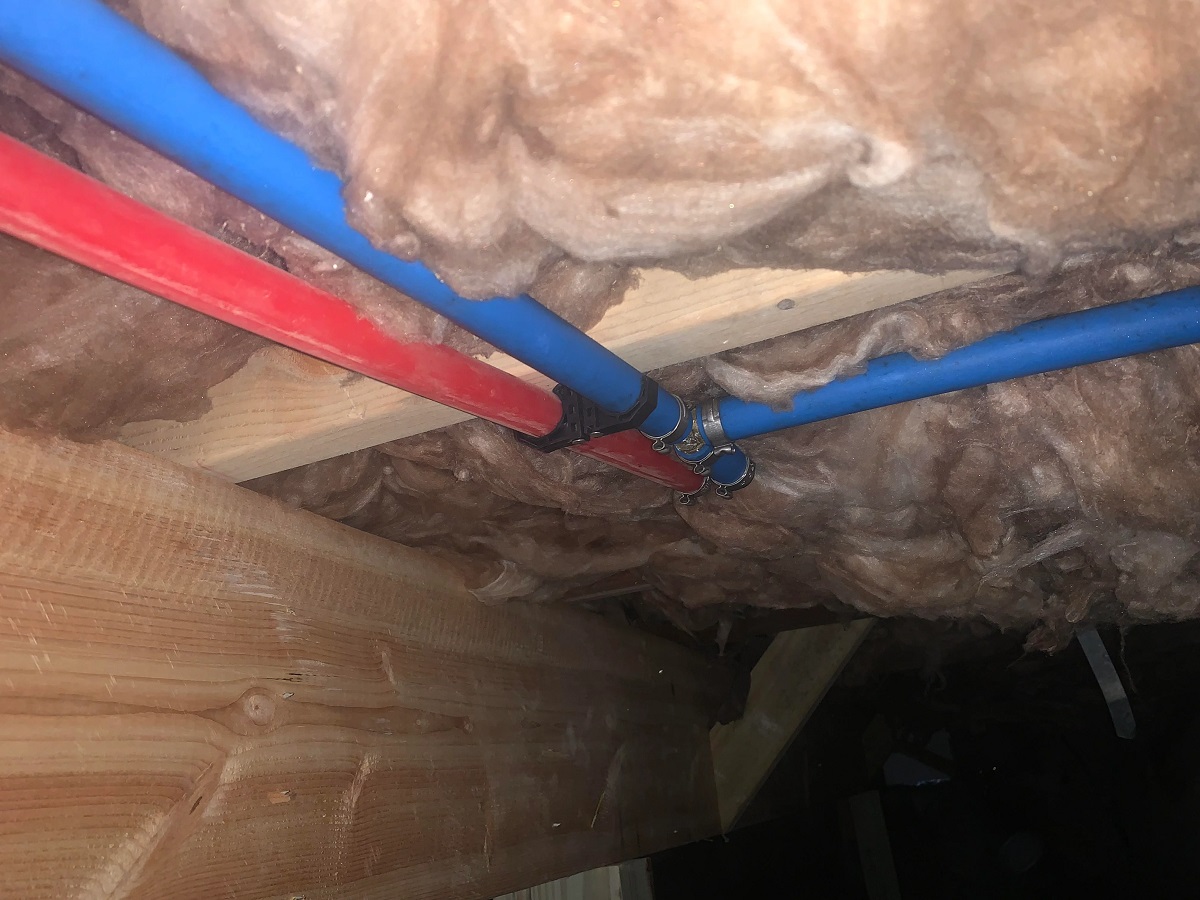
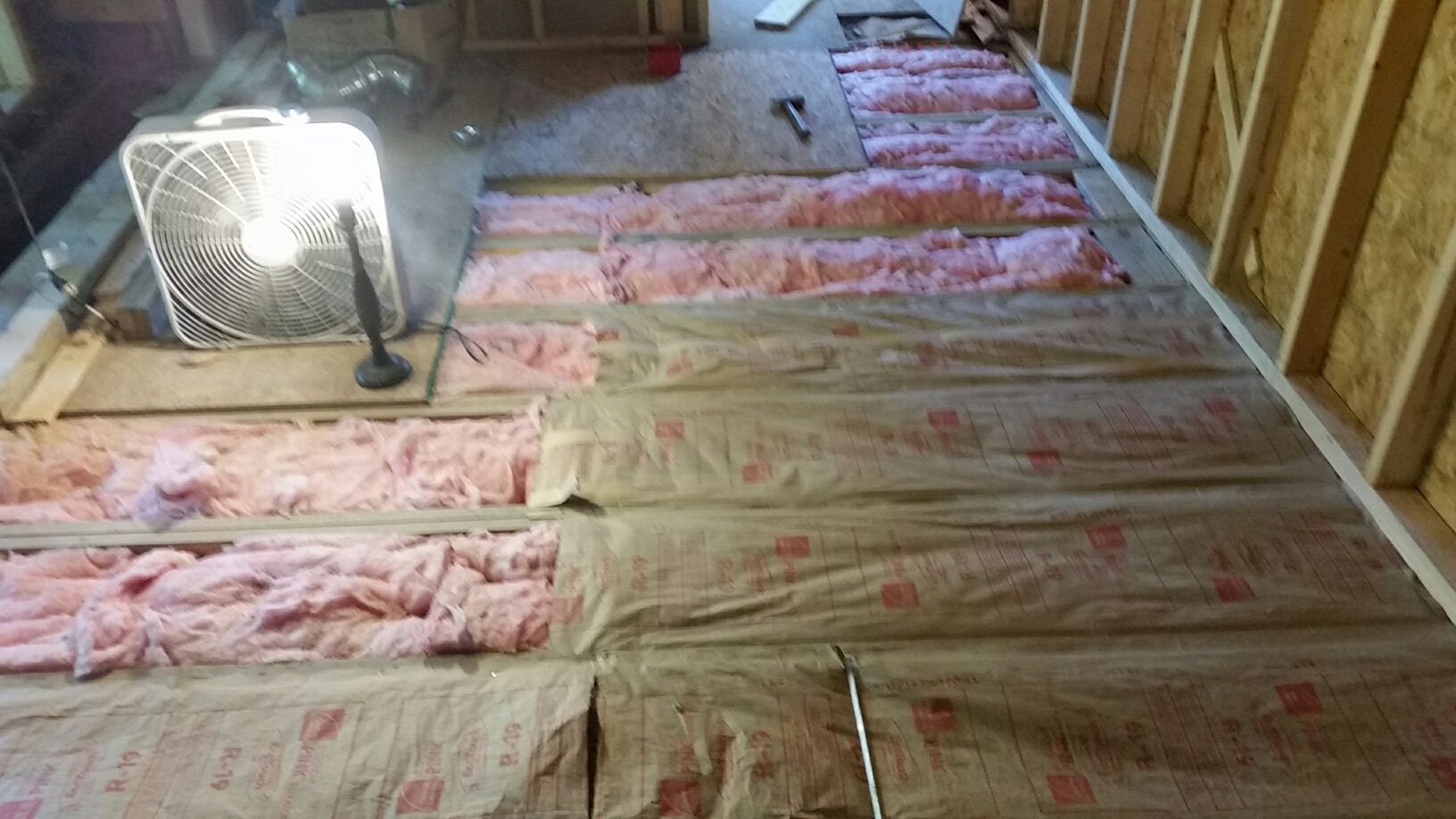
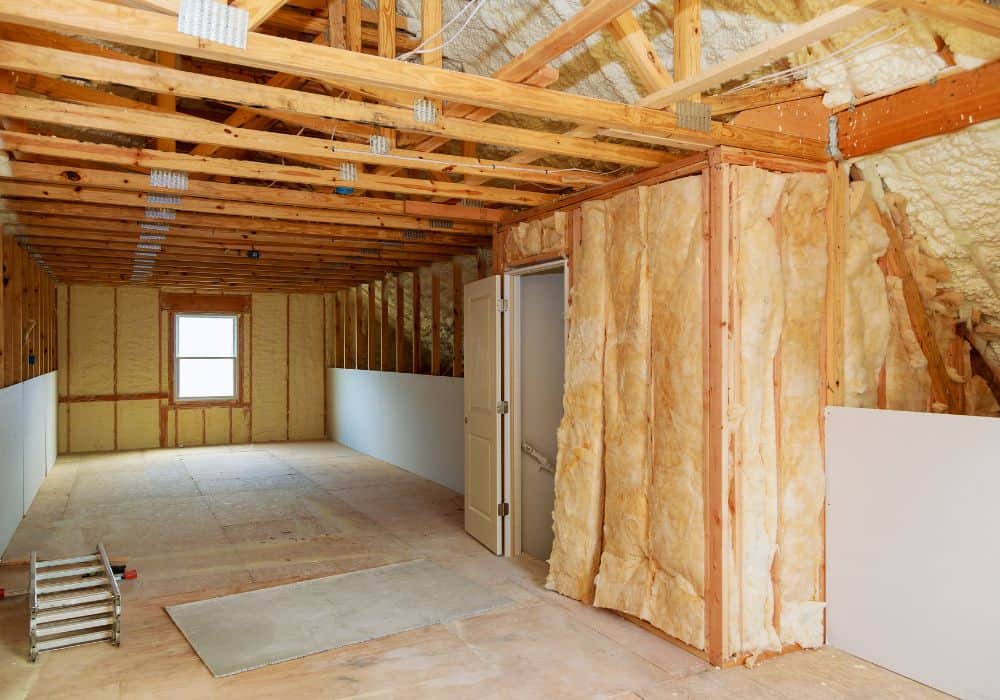

0 thoughts on “What R-Value For Crawl Space Insulation”